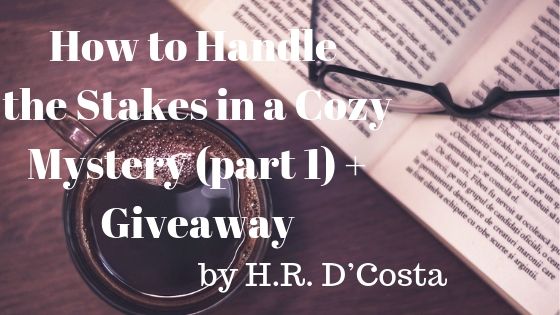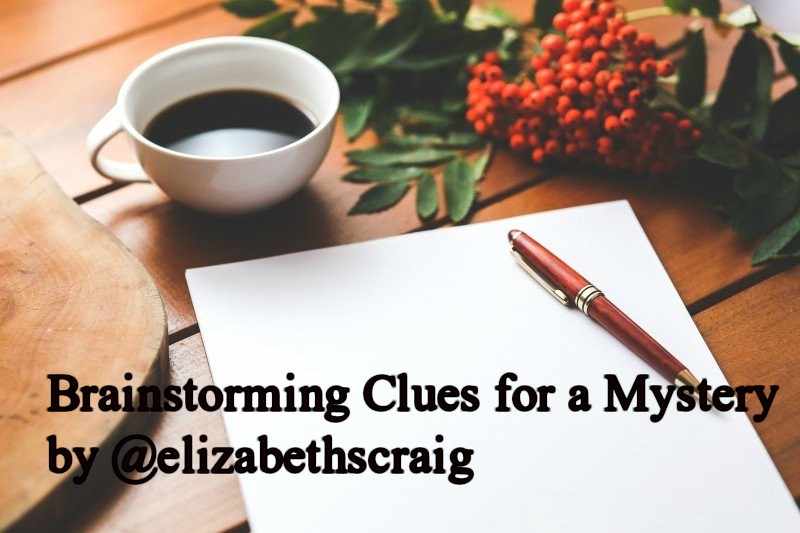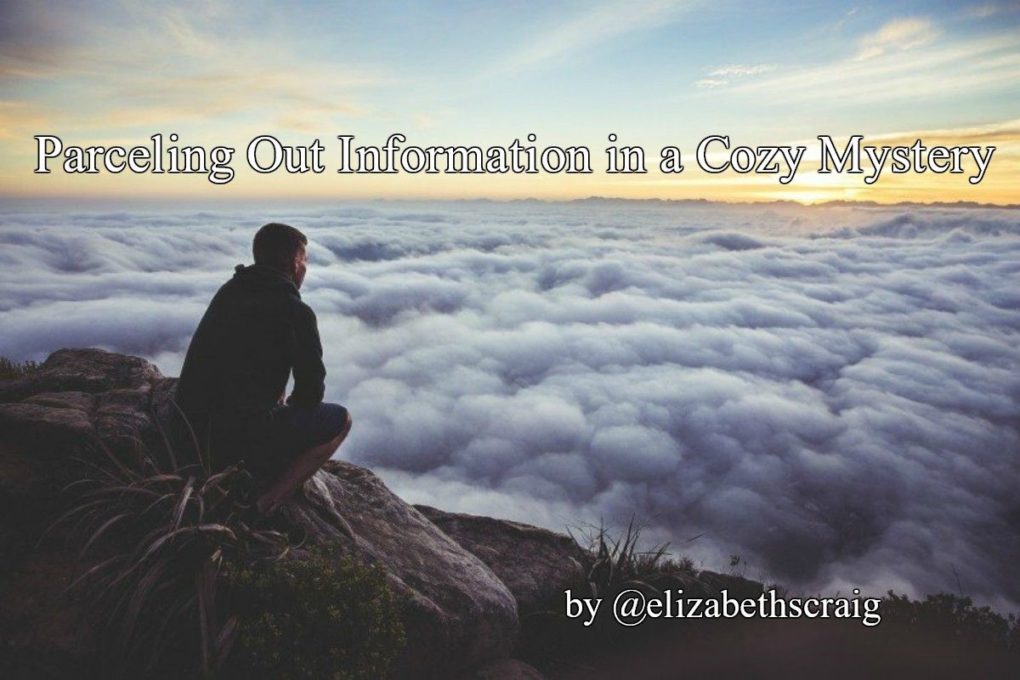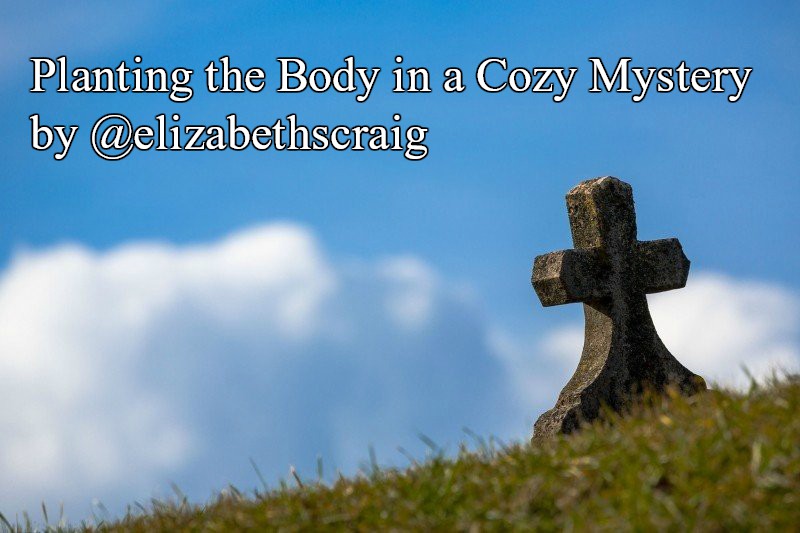
by H.R. D’Costa, @scribesworld
Here’s the scenario:
You’re writing a cozy mystery. And your victim is unlikeable.
Your suspect list is, as they say, healthy.
You’re having a blast coming up with motives for each suspect.
In theory, as your readers engage in their quest to identify whodunit, they should also have a blast weeding through the suspects.
There’s only one problem.
At their core, mysteries are driven by stakes of justice.
If the sleuth identifies and apprehends the murderer, then a wrong will—to a certain extent—be made right. Justice will be served.
Can you see how this creates a conundrum?
When your victim is unlikeable, readers might not really care whether justice is achieved on his behalf or not. If they don’t care, then there’s no reason for them to keep on turning the pages of your cozy mystery.
Definitely not a good position to be in.
Wait…
What About Curiosity?
Isn’t that sufficient to compel readers to continue reading your book?
Curiosity certainly is important. But around the middle of a story, its effect tends to be outweighed by other factors—including a reader’s less-than-keen attitude toward an unlikeable victim.
That said, you may be able to overcome this hurdle if your readers are, like many cozy-mystery fans, strongly attached to your sleuth and your series.
Still, it’s not the ideal.
The ideal circumstance is to secure both curiosity about the plot and emotional involvement in it.Continue reading





